| Plant Habit: | Herb/Forb |
| Life cycle: | Perennial |
| Sun Requirements: | Full Sun |
| Water Preferences: | Dry Mesic Dry |
| Minimum cold hardiness: | Zone 4a -34.4 °C (-30 °F) to -31.7 °C (-25 °F) |
| Maximum recommended zone: | Zone 8b |
| Plant Height: | 12 - 48 inches |
| Plant Spread: | 12 - 18 inches |
| Leaves: | Fragrant |
| Flowers: | Showy |
| Flower Color: | Purple Other: Blue-purple |
| Bloom Size: | Under 1" |
| Flower Time: | Summer Late summer or early fall |
| Underground structures: | Taproot |
| Suitable Locations: | Xeriscapic |
| Uses: | Will Naturalize |
| Wildlife Attractant: | Bees Butterflies |
| Resistances: | Deer Resistant Rabbit Resistant Drought tolerant |
| Propagation: Seeds: | Self fertile Stratify seeds: 2 months cold moist treatment Depth to plant seed: Seed is small. Do not cover with soil, and keep moist. |
| Pollinators: | Self Moths and Butterflies Flies Bees |
| Miscellaneous: | Tolerates poor soil |
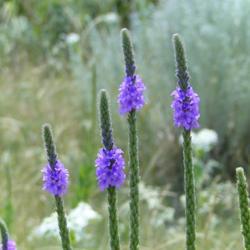
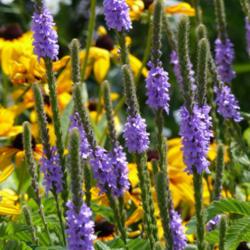
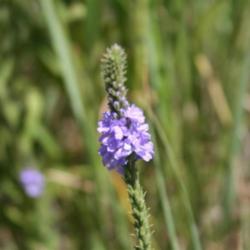
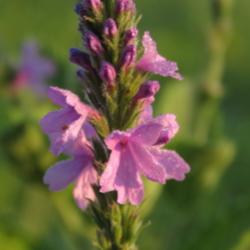
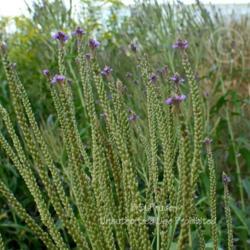
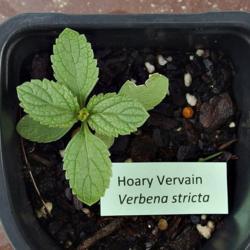
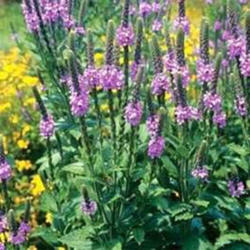
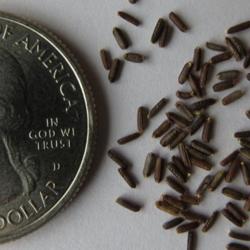

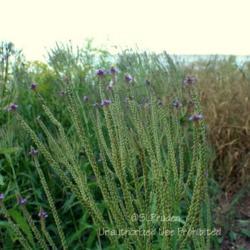
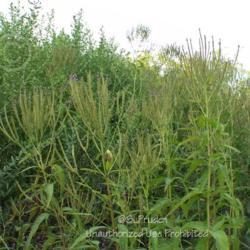


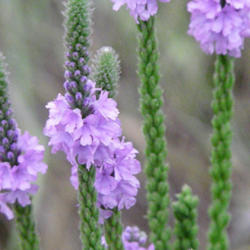
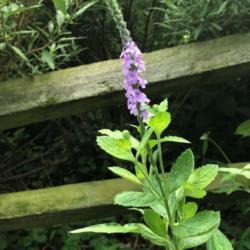
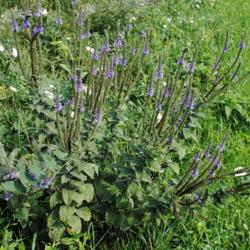
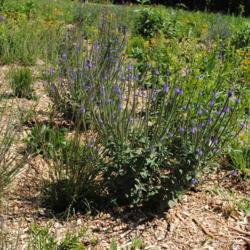
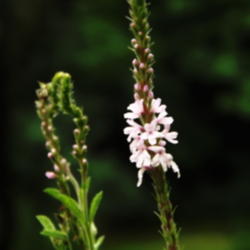
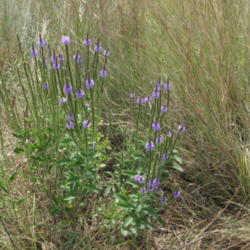
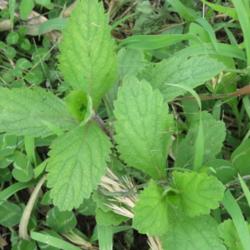

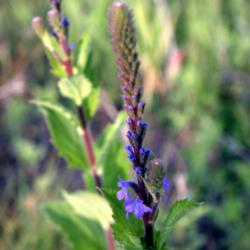
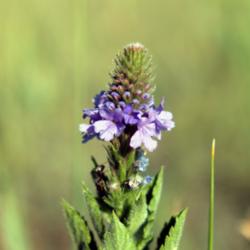
| MrsBinWY | On June 17, 2018 | Transplanted On 6-17-2018, planted 16 in the NW front bed where the Fritillaria persica was. |
| MrsBinWY | On January 21, 2018 | Seeds sown WS 16 seeds from molanic |
| MunchkinsMom | On May 7, 2022 | Obtained plant Arkansas Audubon $8.00 Quart |
| Thread Title | Last Reply | Replies |
|---|---|---|
| Coloring/Lighting by Chillybean | Aug 15, 2015 3:30 PM | 0 |